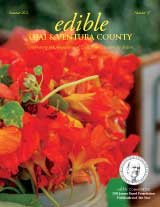
Tracey Ryder and Carole Topalian didn’t set out to launch a national chain of popular locavore magazines.
In fact, even as they began to think they were on to something, multiple people told Ryder and Topalian launching print publications in the 21st century was a bad idea. But they barreled forward anyway, creating an organization of 70 magazines that received the James Beard Foundation’s first “Publication of the Year” award this spring.
Ryder and Topalian had a successful graphic design firm doing work like the Ojai, Calif. visitors’ guide and tourism websites.
But about 10 years ago, Ryder’s father died suddenly of a heart attack at 61 and the loss pushed her to re-evaluate her life priorities.
“My dad was my hero,” Ryder said. “It got me thinking, “What’s really important here? We’re running out of time.”
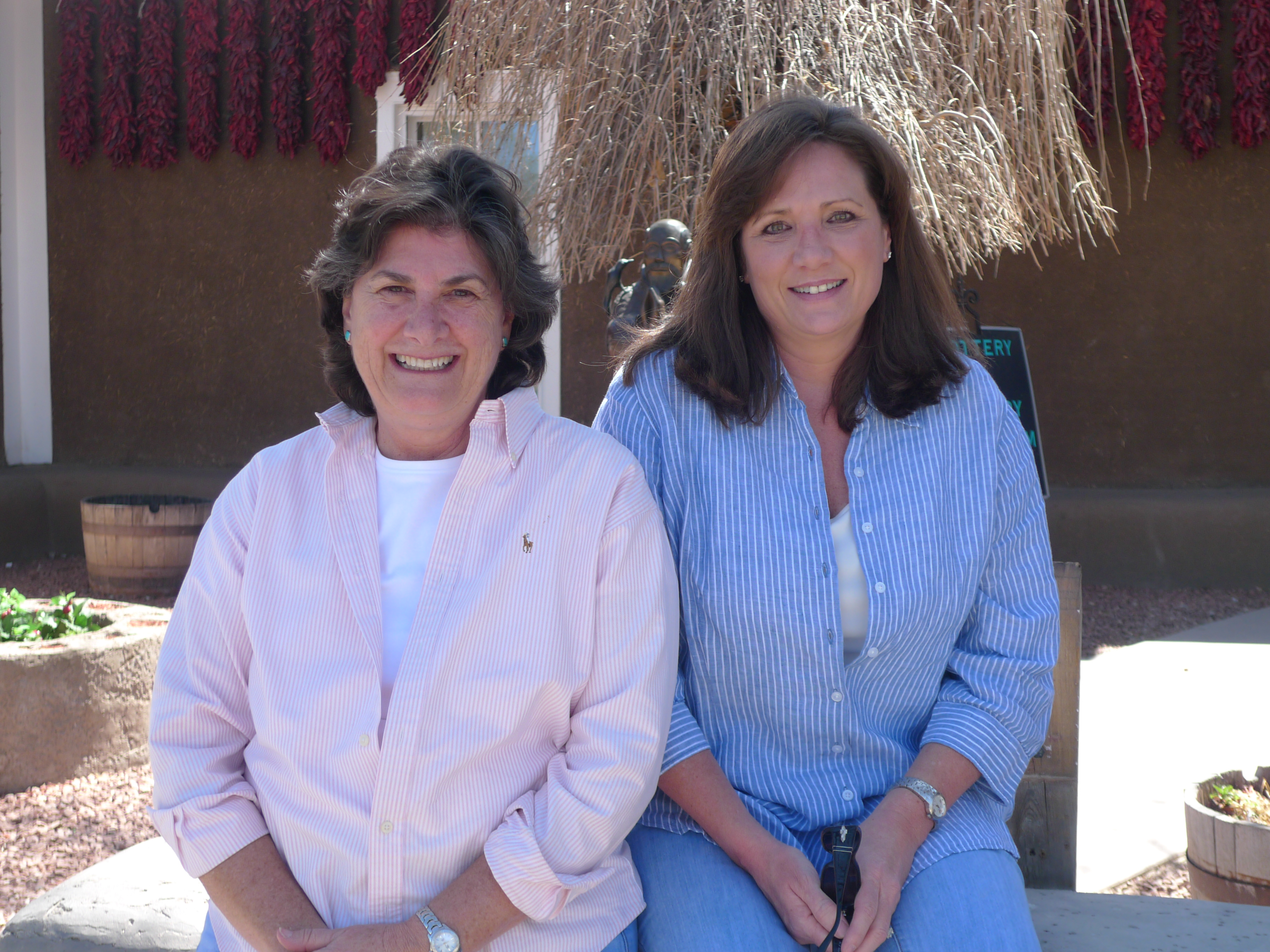
Ryder recently spoke to me by phone about the Edible Communities. While Topalian is still very much involved with guiding Edible into its next phase as well as doing all of the food and location photography for the cookbooks the company is producing, she is semi-retired from day-to-day operations so she sat out the interview.
Ryder grew up in a farming family, and recalled that about the time her father died, she had recently read “Coming Home to Eat: The Pleasures and Politics of Local Foods” and “This Organic Life: Confessions of a Suburban Homesteader,” so starting a local magazine called Edible Ojai focusing on local food felt like a good fit.
The 16-page, one-color quarterly magazine was a hit. In a town of 8,000 people, they were printing 10,000 copies and running out within a few weeks. Ryder feels that although the food magazine niche was already crowded, many of those focused on cooking in or dining out, not on local food production, distribution and politics, in addition to what tastes good.
Their success got Ryder and Topalian thinking maybe they’d start five or six other similar magazines up and down the California coast. They reached out for help developing a licensing model and got a cool response, including being told that 85 percent of media ventures fail.
Folio magazine wrote in 2008:
The magazine sparked a nice local response but business consultants and even other publishers didn’t grasp the model. “They basically patted us on the head and said ‘You’re doing a great job with Ojai but we can’t help you,'” says Ryder.
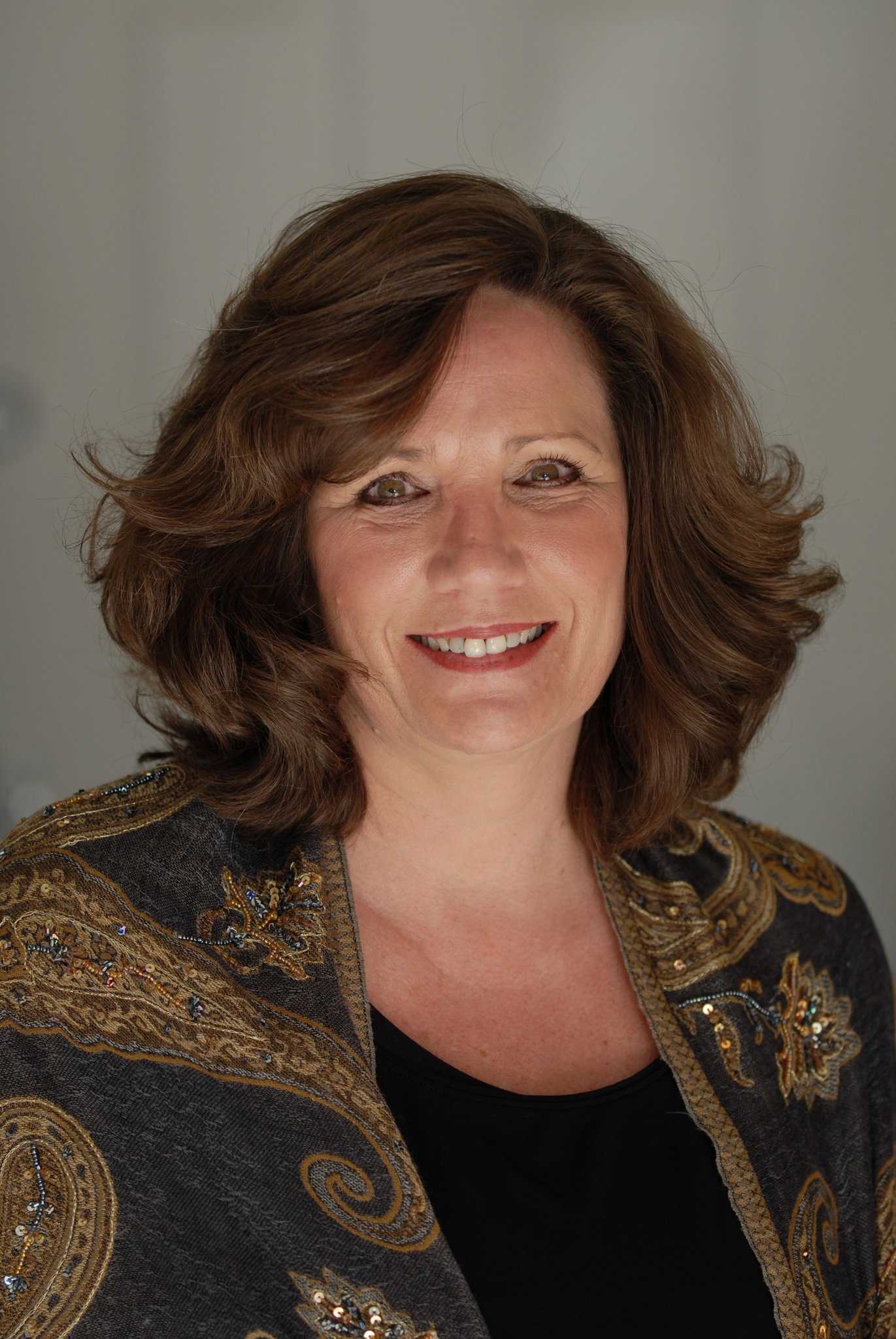
“I tend to be a little stubborn so if someone tells me I can’t do something, I pretty much want to do it to prove I can,” Ryder said. “It always felt like the right thing at the right time.”
Then in 2004, Saveur magazine included Edible Ojai on its Saveur 100, a list of food trends and trend setters to watch — the exposure prompted more than 400 people to call saying they wanted something similar in their communities.
The pair quickly altered their concept to a licensing model, slightly different from a franchise, because they believed local ownership would lead to more authentic quality, essential for magazines writing about small-scale local food and drink. They worked up a concept like a niche Associated Press, where individual publications are independently owned but share resources via the cooperative.
The New York Times wrote in 2007:
… tailoring a single prototype to multiple cities or regions is an increasingly popular publishing format, adopted by magazines focused on weddings, society and restaurant menus.
“What publishers have discovered is that franchising a title that succeeds in one place is much simpler than producing a national magazine,” said Samir Husni, chairman of the journalism department at the University of Mississippi, who studies magazine publishing.
After about four months of preparations, Ryder and Topalian loaded up their dog into their car for the cross-country drive to Cape Cod to help launch the first licensed addition to the Edible group, published by Doug and Dianne Langeland.
By the end of 2006, Edible Communities was turning a profit. In 2007, it hit $1 million in revenue. Edible is adding about 10 new magazines a year, with about 70 operating in North America and a total readership of about 15 million, most picking up the magazine for free but some getting it delivered by mail with paid subscriptions. They were profiled by Inc. magazine in 2010.
“In the beginning, we never dreamed it would become our primary source of income,” Ryder said.
While they are passionate about promoting local food, Ryder and Topalian are equally committed to profitability. They wanted to demonstrate that being idealistic and financially successful are not mutually exclusive.
They developed an extensive screening process to vet potential new owners, which includes the potential publisher talking to other magazine managers and Edible doing a background check and making sure the candidate has the stomach to be an entrepreneur.
Most of the licensees fall into two camps, Ryder said — either young couples looking for a business opportunity that fits with raising children or early retirees in search of a second career. Only two have any prior media experience, which Ryder called a plus because they don’t have to unlearn any old ways, just how Edible does things.
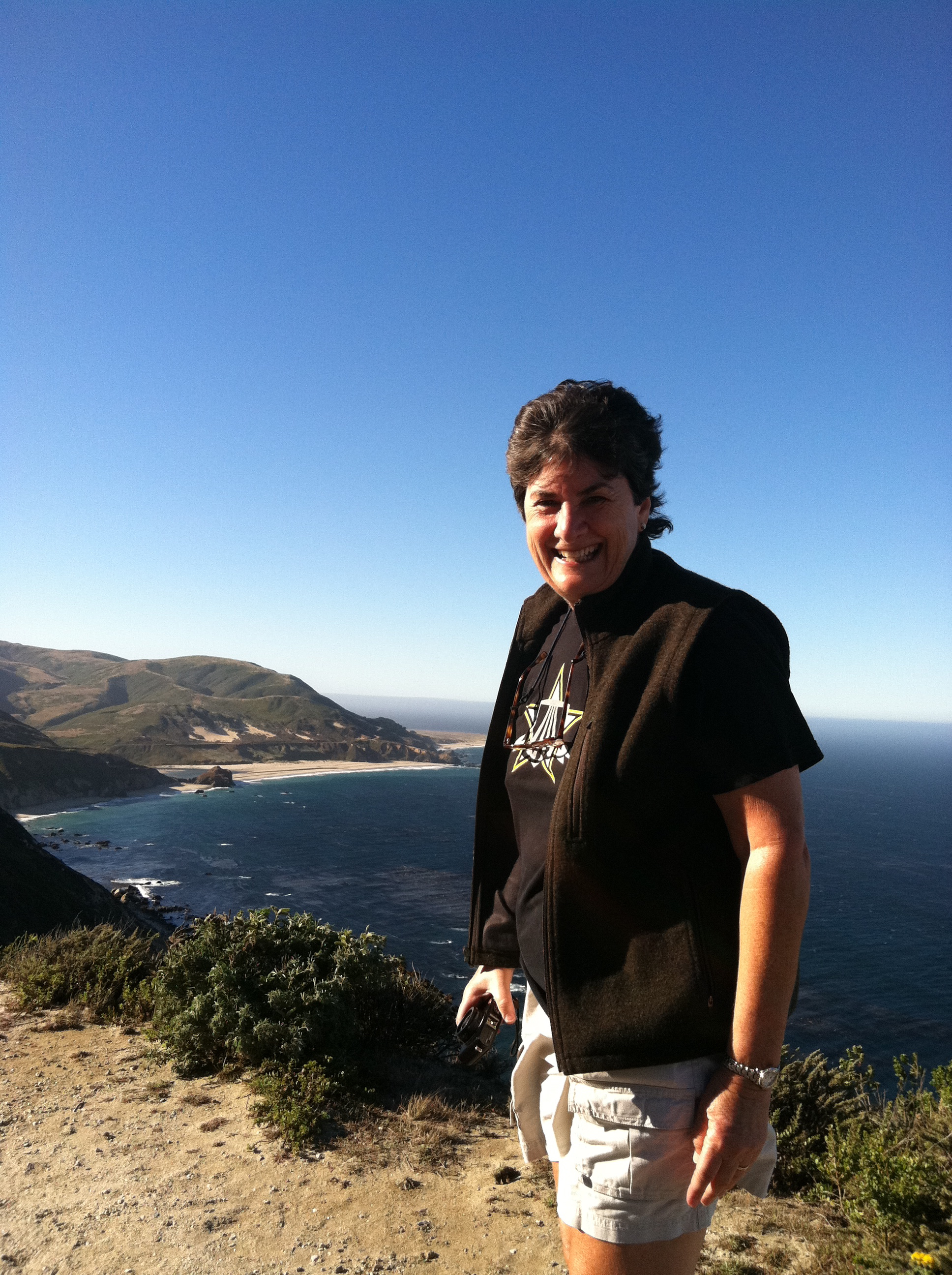
Licensees pay $95,000 — $35,000 up front, $60,000 over the next five years — then 5 percent of gross revenue for the life of the magazine. Edible provides not just a full-color magazine template but also the design work for the first year, along with a website, email addresses and training in how to sell ads, cultivate freelancers and blog.
Headquarters sells a small number of national ads, but most magazines sell about 90 percent of their ads locally. The publications are required to maintain a balance of at least 51 percent editorial content, and they manage their own content, ads, printing and distribution.
Ryder said what’s surprised her most is how well the group works together, which she surmises is in part because of the emotional and moral connection people have with food. Publishers all mail each other a copy of their magazines, and participate in an active email listserv to share ideas and help each other solve problems.
“We encourage them to borrow enthusiastically from each other,” Ryder said. “It’s a really self correcting and self governing community.”
While they continue to add magazines, Ryder and Topalian have other ideas for expanding the Edible empire, including:
- Their first book, “Edible: A Celebration of Local Foods,” which features stories from around the country and Topalian’s photos
- Four different podcasts, covering food politics and locavore food issues. Ryder fantasizes about doing a show herself, but has her hands full running Edible
- Four regional books with a similar premise, bringing the locavore feel of Edible to hard copy with recipes and stories in Brooklyn, Seattle, Dallas and the Twin Cities in Minnesota
- Expanding their online and mobile content, with the hopes of aggregating content from across the publications to make it easier for readers to see trends beyond their own communities

Even as they explore these possibilities, Edible has just three full-time employees at headquarters: Ryder, Topalian and their administrative assistant, Kelly Day.
“We’ve been very fortunate to have found a balance between running a robust company and maintaining a focus on a high quality of life,” Ryder said.
Today the pair spend their time on corporate projects, not the Ojai magazine, which is an adjustment.
“Carole and I still get a tremendous amount of satisfaction from Edible and we both feel it has exceeded every expectation we could have ever dreamed in terms of success and number of magazines after 10 years, especially since the core values of the company are still very much in place,” Ryder shared in a follow-up email. “I do miss writing very much. These days, all I write are emails 🙁 … and I used to be a good writer. My writing skill feels like a muscle I’ve let atrophy. Hopefully, in the near future, there will be opportunities for me to write again!”
And since losing her father prompted Ryder’s career evaluation and soul searching, what would he think of what she’s done?
“My dad would love Edible and he would be very proud of the work we’re doing for sure,” Ryder emailed. “We don’t still have working farmers in our family but my cousin, Barbara Hidde Salie, has moved her family back to the Adirondacks where we all grew up and is finding ways to enjoy local food. She shops locally, cooks seasonally and keeps chickens.”
Ryder and Topalian receive their James Beard award:
[youtube=http://www.youtube.com/watch?v=KcRx1wPkCe0]
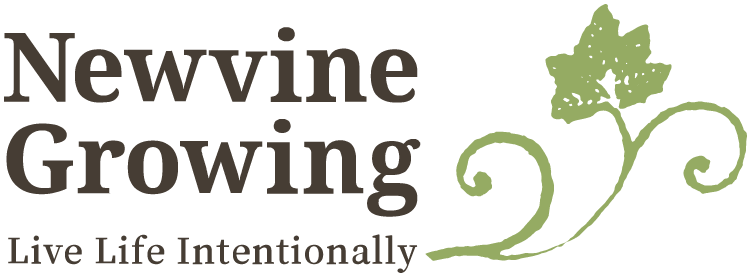

4 Comments
Pamela Welstead
I wish there was and Edible Vancouver Island magazine.
serviced apartments sydney north shore
Thousands of travellers visit London every year to enjoy this amazing city.
Today, the city is making a concerted effort to position itself as a global
energy hub with the Energetica project, a 750m energy and technology scheme which is predicted to generate an estimated 500m annually.
For those who are visiting London on business or on work assignments during summer,
accommodation will be in short supply. It is definitely recommended that you go down this route, and if you keep reading
you will discover the reasons why….
loans
The hard reality of franchise financing is actually very simple – that is that if you have a reasonable personal investment into the business ( we’ll discuss’ reasonable’
later ) , and a decent work and credit history that are some
great options for franchise financing in Canada.
It is important for the seller to be sure and confident that he is taking the right step.
Measure of risk premium, Spain 10-year Treasury yield spreads over German government bonds over the same period rising.
The more risk you have the less favorable terms or financing you will get.
Leave a reply